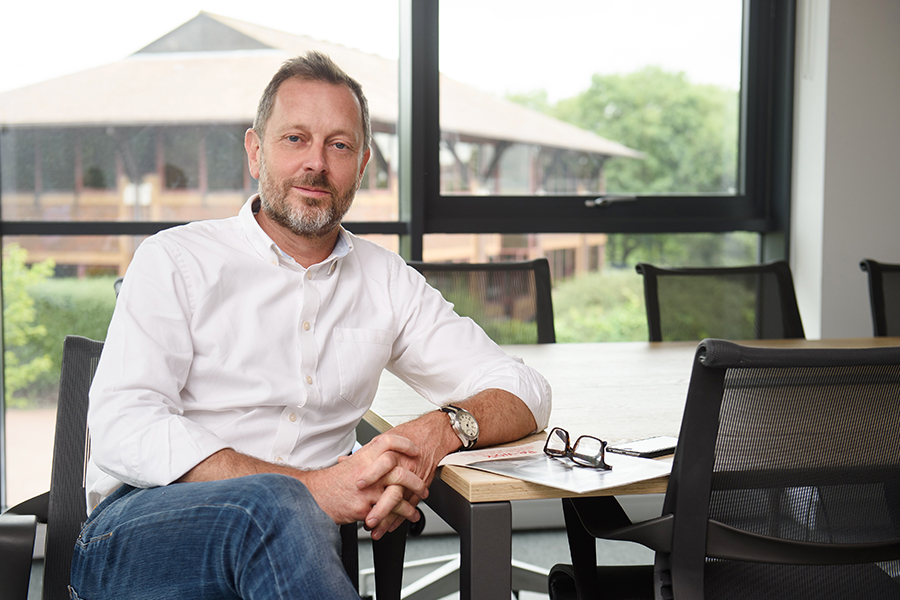Insights
The retail (r)evolution: if you build it, will they come?
The retail (r)evolution: if you build it, will they come?
The retail sector continues to grab headlines with more bad news for landlords and retailers alike; CVAs keep coming, and big names keep falling. But what’s the view from inside the sector?
‘Challenged’ is probably an accurate description, if the plethora of new-year, indeed new decade, future-scoping events are anything to go by.
Throughout the ‘80s and ‘90s we had a near fail-safe retail-led development model. A buoyant ‘if you build it, they will come’ policy drove the sector. It was virtually a no brainer model fuelled by a consumer-led boom. This buoyancy carried us neatly in to the 2000s, as schemes became bolder and even more ambitious. Now, the underlying message is that the strength of retail alone in leading placemaking and urban regeneration no longer exists.
There are of course exceptions to this observation. However, what cannot be ignored is that the result for those who boomed in the buoyant years is now an over-supply of retail real estate property; property that’s arguably single purpose and a difficult fit for any repurposing opportunity.
The reality has become ‘if you build it, they probably won’t come’. They being the retailers, the investors and the consumers themselves.
While ‘the internet’ continues to have an impact on physical retail, the struggles within the sector cannot be laid at this doorstep alone. After all, one positive outcome of the rise in online accessibility is that the retailers who get it are thriving. We are in the midst of a near perpetual societal revolution the likes of which we have never seen. Accept that the decision ‘to go online’ is becoming less of a choice; like it or not, we, and our surroundings, are permanently connected to the online environment along with all the benefits this brings.
Having embraced the continually improving technology offer (with increased access to more resources than ever before), the revolutionaries are maturing. As the societal changes that fuelled this retail-led boom have now moved to less of a demand-led environment, it is becoming clear that many of us are going off ‘stuff’. Travel, experiences, localism and community are coming to the fore.
STOP PRESS: the internet alone as a retail proposition is not a fulfilling social proposition for our next generation!
The social and emotional element of converging on a ‘place’ is creating a real demand for bespoke, regionally tailored spaces and places that people can own, occupy and cohabit. Reportedly, the use of the ‘near me’ search tag on Google has increased 900%; a sign that people want to access and support local services perhaps? What is clear is that supporting ‘your local’ is a rising trend as part of the response to a heightening environmental crisis and the negative perceptions around commercial globalisation more generally.
Flexible future
As a sector, the large retail-led projects of the past are clearly no longer a desirable proposition. However, being part of developing places people can enjoy, dwell in and connect socially is retail’s future. Well blended, mixed-use, forward-looking districts presenting places for people to live, work, learn and relax are the long-term sustainable urban regeneration story; a story that retail will be essential in underpinning.
The challenge in delivering these regenerated urban spaces can be complex. Multiple stakeholders and property ownership, coupled with extended delivery and investment return periods, makes them a challenging proposition for any commercial developer to engage with in a depressed market. As Local Authorities take a lead in recovering much of their local centres it is down to us all to support the drive to rebuild our towns, cities and high streets in the best possible way, enabling long-term, sustainable placemaking and curation projects for all our futures.
As Jan Gehl says: ‘Cultures and climates differ all over the world, but people are the same. They’ll gather in public if you give them a good place to do it’.
…and where people gather, retail opportunity will follow.
Build that and then they will come.
